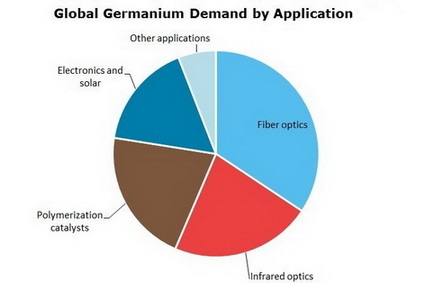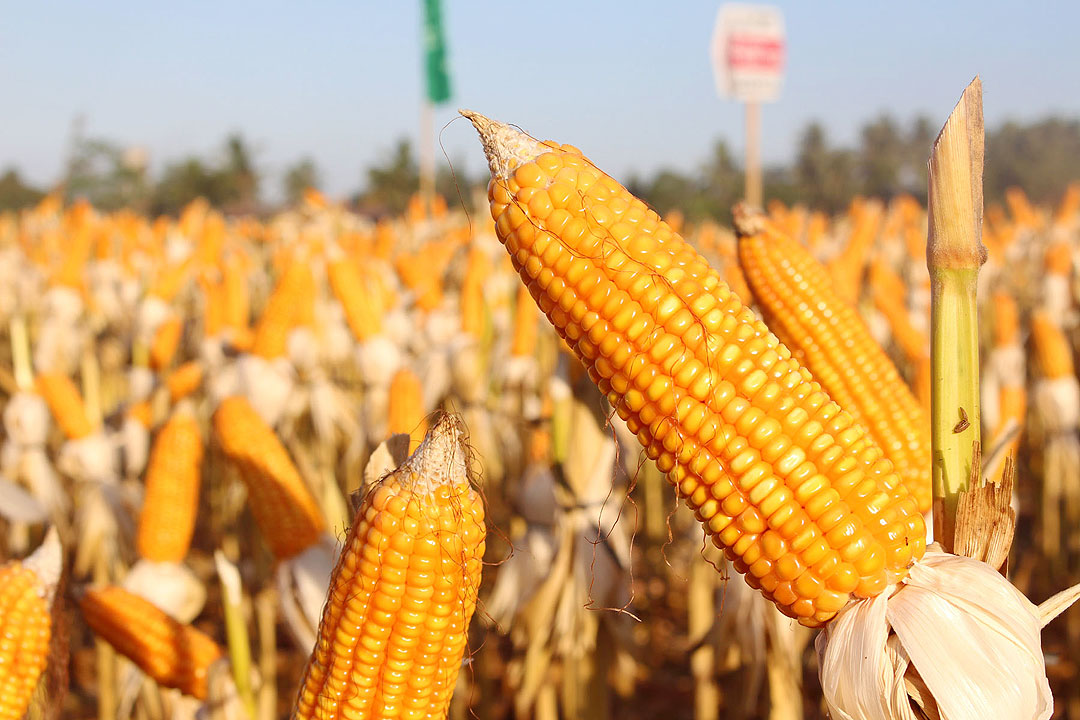Alright, buckle up, folks. The EU just fired a shot across the bow, approving preliminary tariffs on US goods – and it’s corn that’s feeling the heat right now. As of next week, we’re looking at a 25% tariff on US corn entering Europe.

Let’s be clear: this isn’t some theoretical squabble. This move will choke off a significant flow of US corn into the European market. Expect buyers to scramble, driving up costs as they hunt for alternative feed grains. The initial market reaction has been surprisingly muted, but that’s classic market behavior – everyone’s holding their breath, waiting to see if cooler heads prevail and these tariffs get walked back.
Now, here’s where it gets interesting. While corn is taking the immediate hit, soy isn’t off the hook entirely. Tariffs on US soybeans are slated to kick in later this year – December 1st, to be precise. The EU imports far more soybeans from the US than corn, so this could be a much bigger problem down the line.
Let’s quickly break down the key dynamics here:
These tariffs are retaliatory, a direct response to the US imposing duties on steel and aluminum. It’s tit-for-tat trade warfare, plain and simple.
The market is currently in a ‘wait-and-see’ mode, factoring in the possibility of negotiations. This uncertainty is creating volatility.
Corn is the immediate casualty, impacting feed costs for European livestock farmers and potentially leading to price increases for consumers.
Soybeans are a looming threat, carrying the potential for a much more widespread impact on global agricultural markets, given the sheer volume of trade involved.
Keep a close watch on this, because the ripple effects are going to be substantial. This isn’t just about corn and soybeans; it’s about escalating trade tensions and the very real possibility of a wider agricultural trade war.






